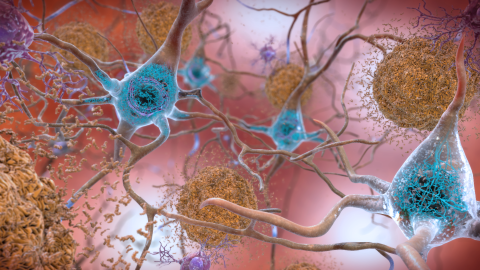Can Blood from Young People Slow Aging? Silicon Valley Has Bet Billions It Will
BY ADAM PIORE

The Spanish firm Grifols helped set off a kerfuffle last year when it, along with other firms, offered nearly double the going price for blood donations for a COVID-19 treatment trial. Brigham Young University in Idaho had to threaten some enterprising students with suspension to keep them from intentionally trying to contract COVID-19. The trial failed, however, and now the Barcelona-based firm is hoping to extract something far more valuable from the plasma of young volunteers: a set of microscopic molecules that could reverse the process of aging itself.
Earlier this year, Grifols closed on a $146 million-deal to buy Alkahest, a company founded by Stanford University neuroscientist Tony Wyss-Coray, who, along with Saul Villeda, revealed in scientific papers published in 2011 and 2014 that the blood from young mice had seemingly miraculous restorative effects on the brains of elderly mice. The discovery adds to a hot area of inquiry called geroscience that “seeks to understand molecular and cellular mechanisms that make aging a major risk factor and driver of common chronic conditions and diseases of older adulthood,” according to the National Institutes of Health. In the last six years, Alkahest has identified more than 8,000 proteins in the blood that show potential promise as therapies. Its efforts and those of Grifols have resulted in at least six phase 2 trials completed or underway to treat a wide range of age-related diseases, including Alzheimer’s and Parkinson’s.
Alkahest and a growing number of other geroscience health startups signal a change in thinking about some of the most intractable diseases facing humankind. Rather than focusing solely on the etiology of individual diseases like heart disease, cancer, Alzheimer’s and arthritis—or, for that matter, COVID-19—geroscientists are trying to understand how these diseases relate to the single largest risk factor of all: human aging. Their goal is to hack the process of aging itself and, in the process, delay or stave off the onset of many of the diseases most associated with growing old.
